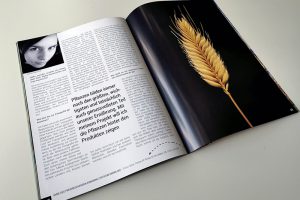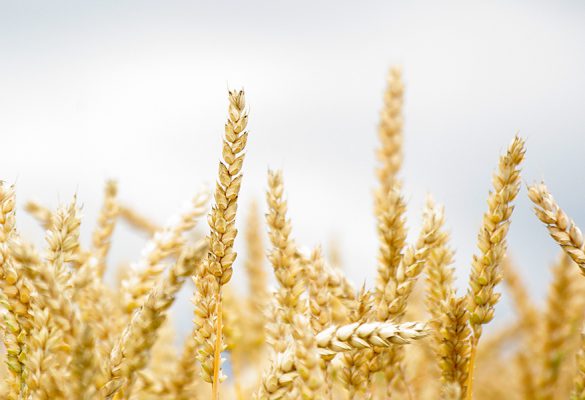How are the images created?
Support from botanical gardens
Most of the plants shown I get from botanical gardens, especially from Frankfurt am Main: Palmengarten, Botanical Garden, Wissenschaftsgarten. I also have to thank the African Archaeobotany at the Goethe University, the Jardin Botanique de Kinshasa (Democratic Republic of Congo), the Tropischer Nutzpflanzengarten Witzenhausen and VERN e.V. for many exciting objects.
And of course the many private gardeners. ♥
Stack images for 100% sharpness
The photos are taken in the studio using the focus stacking method. On the repro stand, I photograph all layers of focal point from front to back, which are then combined on the computer by the stacking programme Helicon into a consistently sharp image. A stack can have 100 images.
The long way to the final picture
Coffee, coffee, coffee...
... and sports
What is happening around the project?
Collecting
The proof of the pudding is in the eating, but what cannot be eaten for various reasons I keep as specimens in my botanical collection.

Documenting
The logbook not only records what came from where and when for the project, but also how it tasted or smelled.

Educating
In expert articles, I bring together research results and my own experiences. The articles appear in the journal on this website and in professional journals.

Exhibiting
More impressive than on the screen are the pictures in large-format print. That’s why I’m happy to be involved in exhibitions, like this one at the Palmengarten.

Plants are beautiful, and edible plants are delicious.
Most of the time, anyway.
But why are they a “precious treasure”?

Without cultivated plants there would be no civilisation.
The very fact that we can eat bread and pasta today is thanks to our ancestors. Over thousands of years, they have cultivated plants and made them edible and high-yielding. This includes all types of cereals. Through plant cultivation and farming, people became sedentary and civilisations were able to arise.
The diversity of varieties preserves a heritage that is essential for survival.
Cultivated plants come in countless varieties and cultivars that not only look and taste different. Some varieties tolerate heat and drought better, others are more resistant to diseases. Due to modern agriculture, we are rapidly losing old varieties, and with them not only a piece of cultural history, but also important genetic potential.

No plants, no indulgence.
Spices, fresh fruit, sugar, coffee, lemonade, beer, wine… – without plants there is no indulgence. In the form of bread, pastries, pasta, tuber vegetables, legumes, etc., plants satisfy our hunger. When vegans are often asked: “What else can you eat?” the answer is: 20000 plants and 2000 mushrooms.
Plants are paradisiacal.
In paradise, people ate plants and had animals as companions. Today we live in the land of milk and honey. We don’t have burnt birds flying into our mouths. But we kill 60 billion animals a year in slaughterhouses alone. Forests are burning for animal feed and pasture (not only in the Amazon), water and soil are contaminated by manure, the climate is overheated by numerous factors of the animal industry (v/o “climate change”).
Don’t we all want to go back to paradise?


Plants feed humanity and save nature and the climate.
Yet they can only do so if we do not waste them as animal feed to obtain animal products, but if we consume plants directly. While current meat consumption threatens life on earth and causes inconceivable suffering, at the same time we have more plant-based food available to us than ever before – everywhere and at all time.


